The key to the bear-bull transition: the second S-shaped growth curve
Liquidity expansion remains the prevailing macro narrative.
Recession indicators are lagging, while structural inflation persists with notable stickiness.
Policy rates stand above neutral but remain below the threshold for restrictive monetary conditions.
Markets are pricing in a soft landing, yet the true adjustment is institutional: transitioning from abundant liquidity to disciplined productivity.
The second curve is structural, not cyclical.
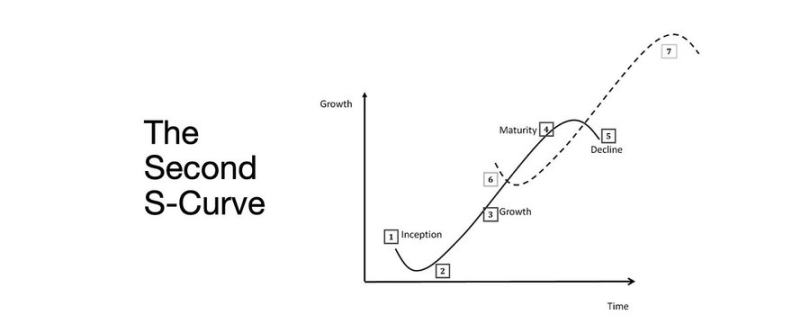
Under tangible constraints, financial normalization is achieved through yield, labor dynamics, and credibility.
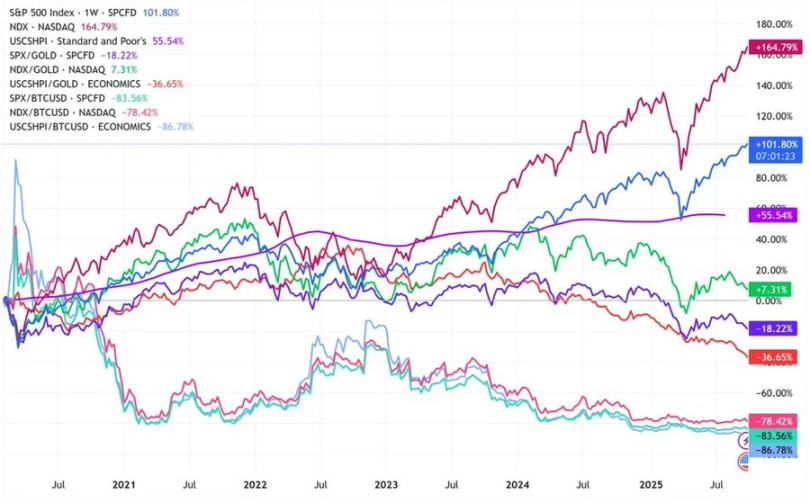
Cycle Transition
Token2049 Singapore marked the shift from speculative expansion to structural integration.
The market is repricing risk, moving away from narrative-driven liquidity toward yield metrics backed by actual income.
Key transitions:
- Perpetual decentralized exchanges retain dominance, with Hyperliquid delivering network-scale liquidity.
- Prediction markets are emerging as functional derivatives for information flow.
- AI protocols with real Web2 use cases are quietly building revenue streams.
- Restaking and DAT have reached their peak; liquidity fragmentation is now evident.
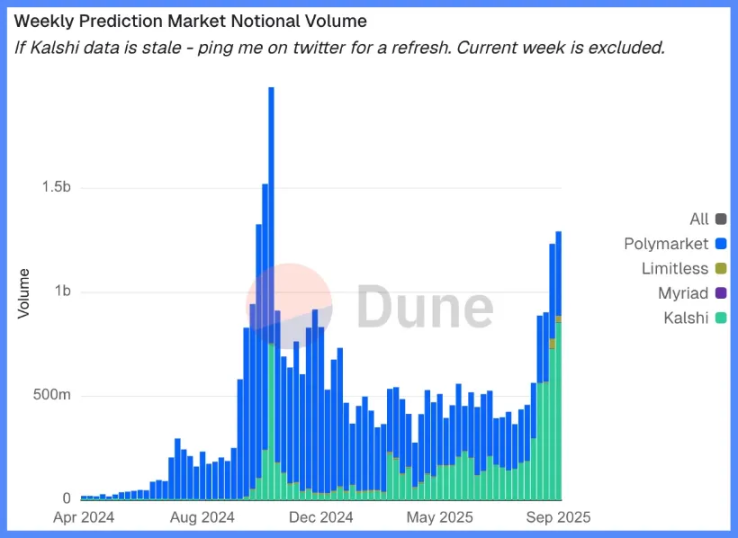
Macro Institutions: Currency Depreciation, Demographics, Liquidity
Asset price inflation signals currency depreciation rather than organic growth.
During liquidity expansion, long-duration assets outperform the broader market.
When liquidity contracts, leverage and valuations are compressed.
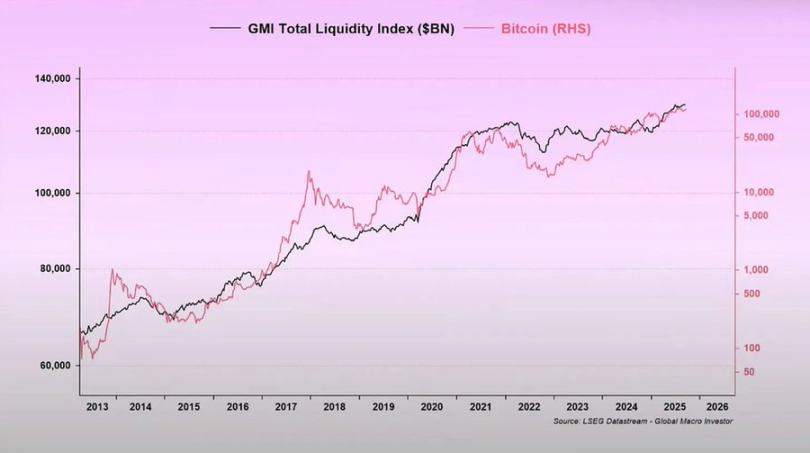
Three structural drivers:
- Currency depreciation: Sovereign debt repayment relies on continual balance sheet expansion.
- Demographics: An aging population curtails productivity and heightens reliance on liquidity.
- Liquidity channels: Since 2009, total global liquidity—central bank and banking system reserves combined—has tracked 90% of risk asset performance.
Recession Risk: Lagging Data, Leading Signals
Conventional recession indicators are lagging.
CPI, unemployment, and the Sahm Rule only confirm after an economic downturn is underway.
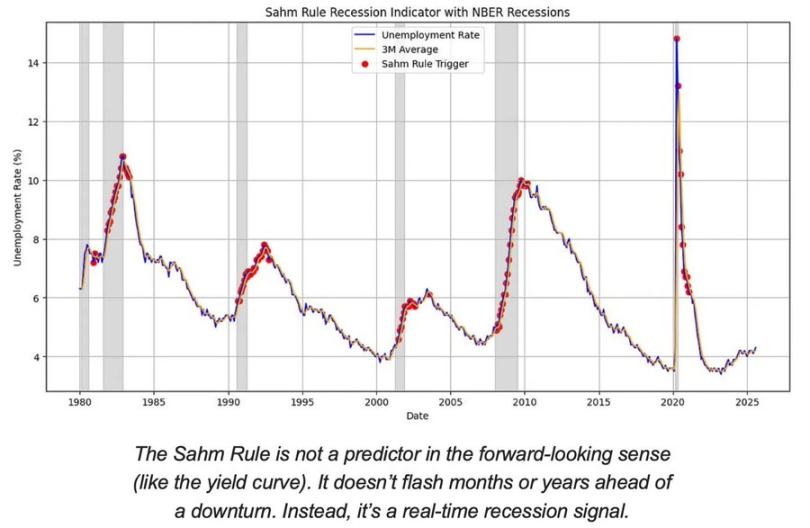
The U.S. economy is in the late-cycle phase, not in recession.
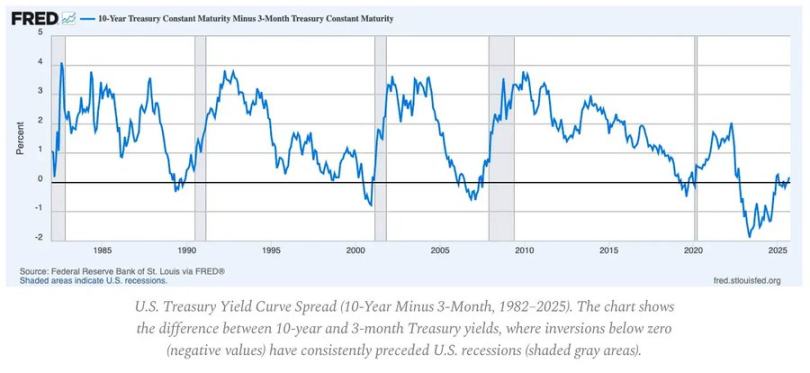
The odds of a soft landing remain higher than those of a hard landing, but policy timing is a limiting factor.
Leading indicators:
- The inverted yield curve remains the most reliable early signal.
- Credit spreads are contained, indicating no imminent systemic stress.
- The labor market is cooling gradually; employment remains tight for this cycle.
Inflation Dynamics: The Last Mile Challenge
Goods disinflation is complete; persistent services inflation and wage stickiness anchor CPI near 3%.
This “last mile” is the most complex phase of disinflation since the 1980s.
- Goods deflation now offsets part of the CPI.
- Wage growth near 4% keeps services inflation elevated.
- Housing inflation lags in official measurement; actual market rents have already cooled.
Policy implications:
- The Federal Reserve faces a trade-off between credibility and growth.
- Premature rate cuts risk reigniting inflation; holding rates too long risks overtightening.
- The new equilibrium is an inflation floor near 3%, rather than 2%.
Macro Structure
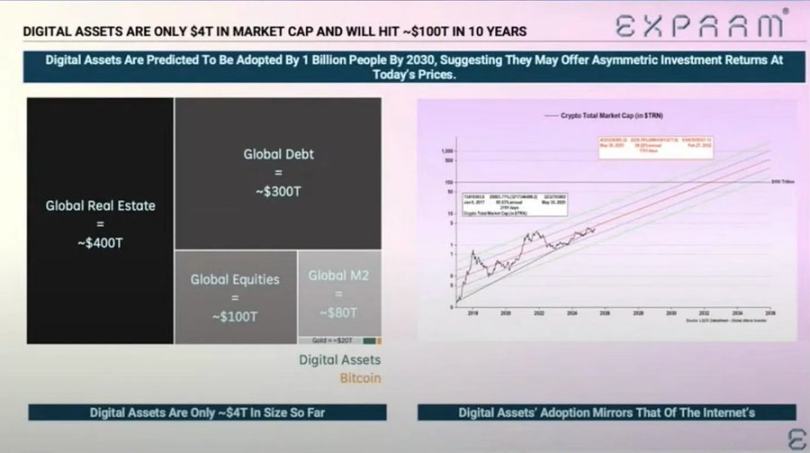
Three long-term inflation anchors persist:
- Deglobalization: Diversifying supply chains raises transition costs.
- Energy transition: Capital-intensive low-carbon initiatives increase short-term input costs.
- Demographics: Structural labor shortages drive persistent wage rigidity.
These factors constrain the Federal Reserve’s normalization capacity unless there is higher nominal growth or a higher stable inflation rate.
Statement:
- This article is republished from [Foresight News]; copyright belongs to the original author [arndxt]. For concerns regarding republication, please contact the Gate Learn team; we will respond promptly according to our procedures.
- Disclaimer: The views and opinions expressed herein are solely those of the author and do not constitute investment advice of any kind.
- Translations into other languages are provided by the Gate Learn team. Unless Gate is credited, reproduction, distribution, or plagiarism of these translations is prohibited.
Related Articles

The Future of Cross-Chain Bridges: Full-Chain Interoperability Becomes Inevitable, Liquidity Bridges Will Decline

Solana Need L2s And Appchains?

Sui: How are users leveraging its speed, security, & scalability?

Navigating the Zero Knowledge Landscape

What is Tronscan and How Can You Use it in 2025?


